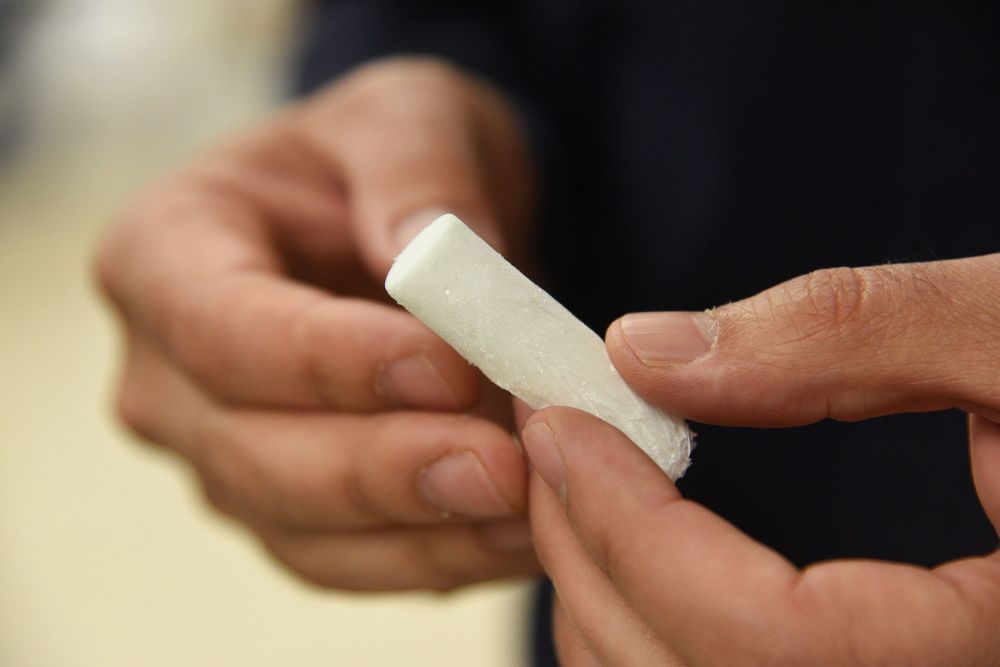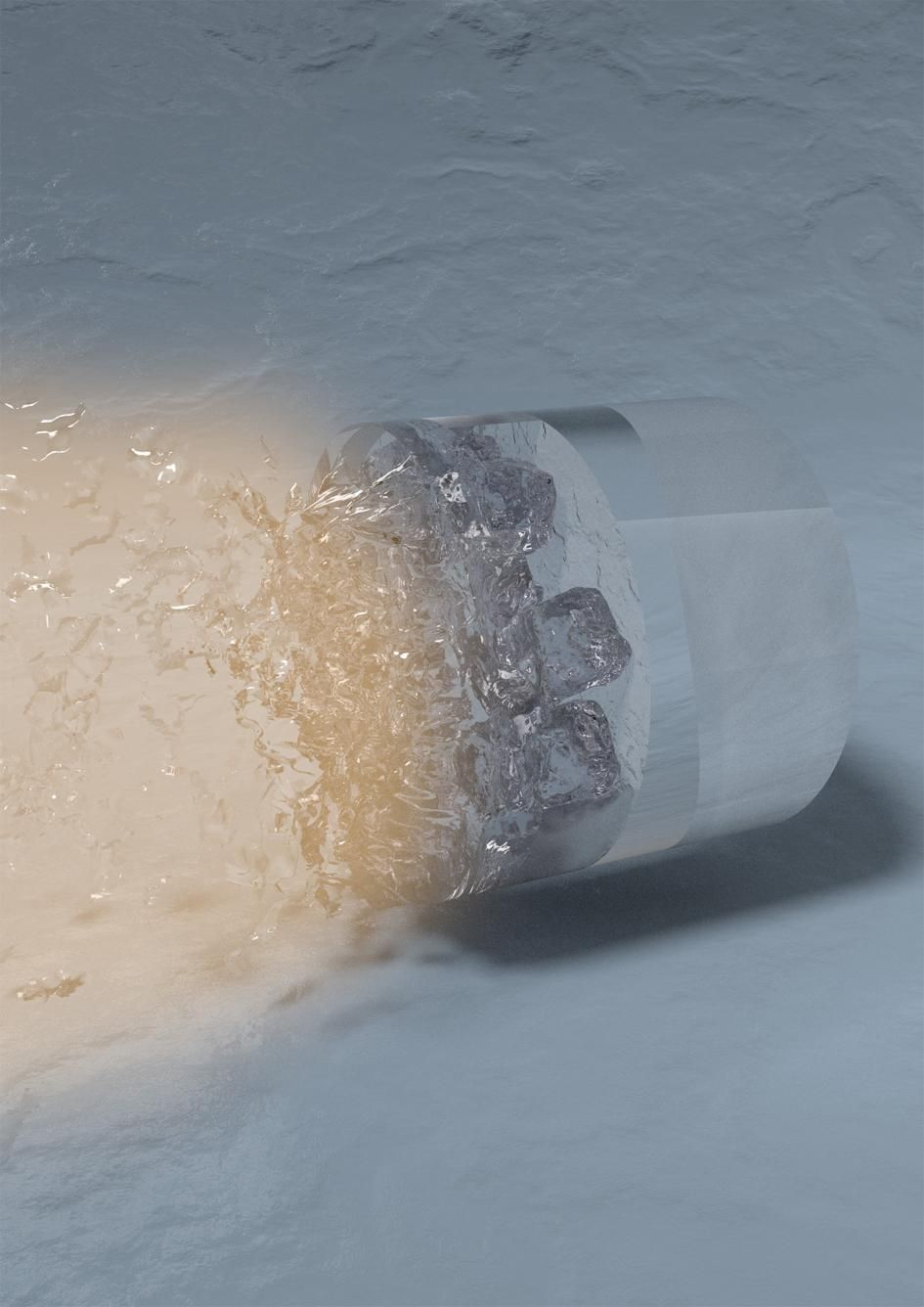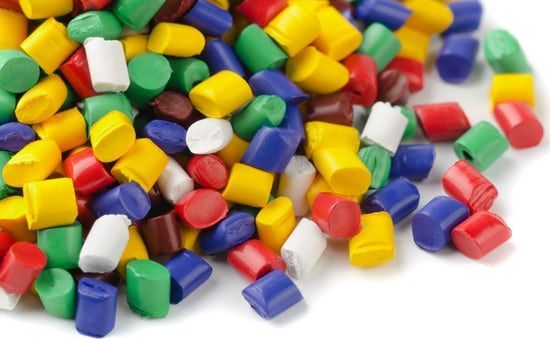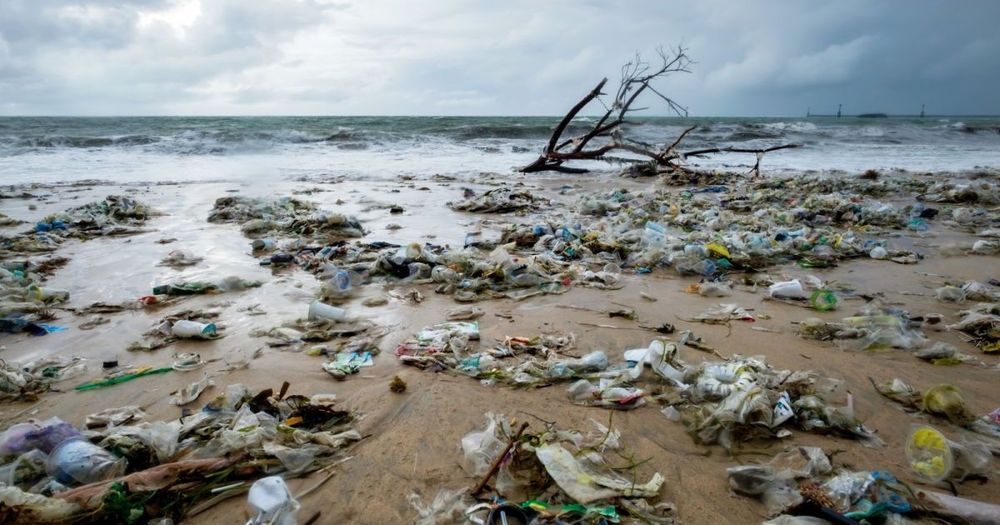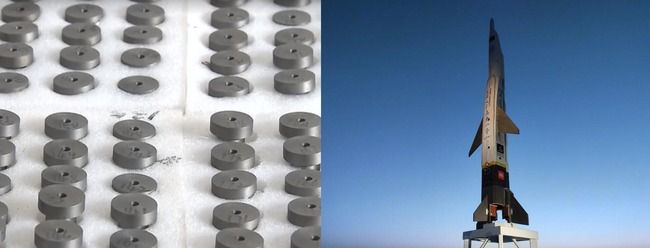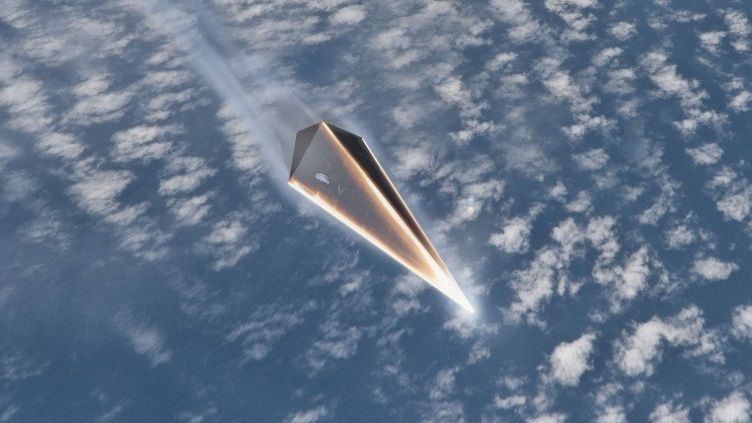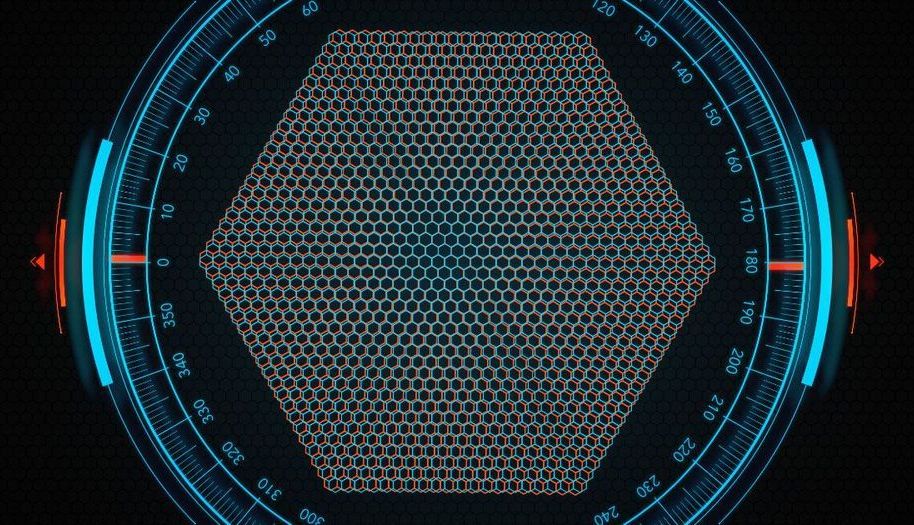May 9, 2019
Researchers develop viable, environmentally-friendly alternative to Styrofoam
Posted by Quinn Sena in categories: bioengineering, materials
Washington State University researchers have developed an environmentally-friendly, plant-based material that for the first time works better than Styrofoam for insulation.
The foam is mostly made from nanocrystals of cellulose, the most abundant plant material on earth. The researchers also developed an environmentally friendly and simple manufacturing process to make the foam, using water as a solvent instead of other harmful solvents.
The work, led by Amir Ameli, assistant professor in the School of Mechanical and Materials Engineering, and Xiao Zhang, associate professor in the Gene and Linda School of Chemical Engineering and Bioengineering, is published in the journal Carbohydrate Polymers.
Continue reading “Researchers develop viable, environmentally-friendly alternative to Styrofoam” »
